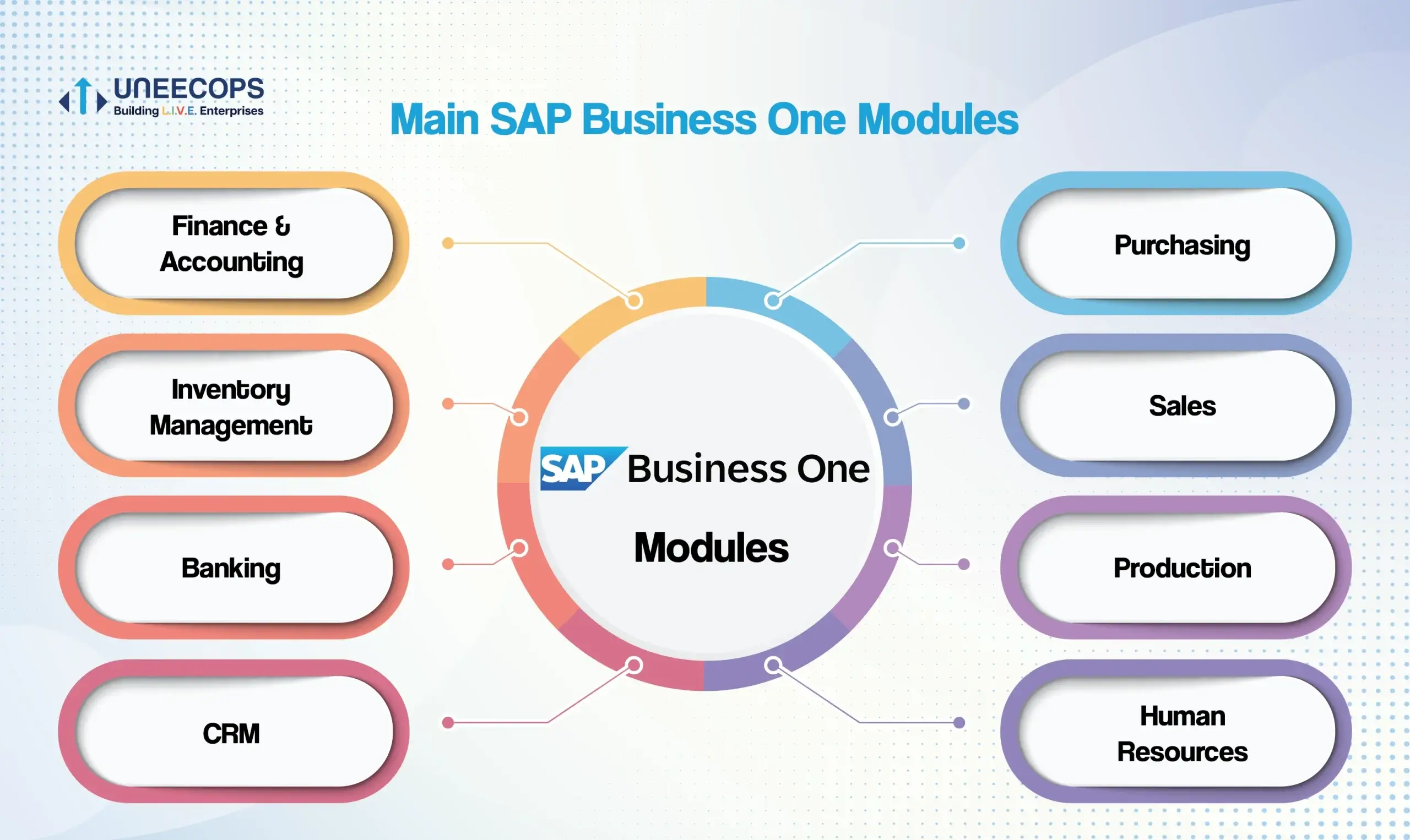The success of SAP implementation depends on numerous factors and one of the most emphasized ones is training. Once the implementation is completed and before it could be used effectively, according to SAP Business One partners it is important to invest time in employee training. You can spend all the money in the world to own the very best product but if you don’t know how to use it, well, let’s just say that’s not a very good idea.
Why would you want to buy your dream car just to keep it in the garage? To make the neighbors envious sounds like a good answer but applying the same answer in a corporate environment won’t lead you anywhere near success. When investing in SAP is good, make sure it just doesn’t lie around in a garage equivalent just to show your competitors that you own the best. Know how to use and then you can lead a good fight. So, let us see how you can approach the employee training procedure.
Stages of Employee Training
To realize the true potential of SAP, incorporate the following stages for employee training. The phase of employee training not only imparts the ‘hows’ and ‘whys’ of SAP, but helps the employees learn about its challenges and other potentials they might face. The training prepares them for such situations and trains them how to respond in case some problem arises.
– Create a proper plan for the training
You cannot start or end training abruptly or conduct them only when the need arises. It is important to spend considerable time for preparing a conducive plan. Give the ownership to someone and prepare a comprehensive list of all the learning that needs to come out of the training program. Set aside a budget for training and fix a schedule or timeline for the program. Figure out who needs which training program and what resources are required. Document everything for future references. In fact, SAP Business One Add On Solution for Project Management can also come in handy for this.
– Tailor the training needs as per the employees
Not every employee will need the same kind of training. All your employees will have different job positions and the SAP training should complement their work profile. Understand their requirements and assign the training programs accordingly. Every department will have its own issues and SAP should focus in resolving them and so should the training. The team or their head should be a part of the planning and design process since he/she knows what their team needs out of the training. Ensure that the trainers suit the employees’ learning styles and conduct the training in a manner they understand.
– Evaluate the results regularly
Don’t be satisfied with just offering training programs to your employees. Evaluating its performance is equally important. If the employees are not gaining any value from the training, there is no point of having the training in the first place. Regular evaluation keeps a check on the effectiveness of the training. Ensure that the employees who have undergone training have a reliable platform to give their feedback, which should be considered for the succeeding training programs. SAP Business One Partners encourage all the companies to identity areas that can be improved and find out the learning gaps so that the employees benefit greatly from their training session.
Don’t forget to take a feedback from the trainer as well. Based on their experience, they will have ideas and suggestions which will add tremendous value to your training sessions. They understand the different needs and requirements of different people in different industries. So, they can contribute in ways that you might have overlooked.
Ensure a Smooth Training Process
Training sessions should be monitored from various aspects regularly. Take assistance of SAP Business One Add On Solution for Project Management if needed. Training is definitely not a one- time thing. Making sure that one session went smoothly and overlooking the others is a complete no-no. Remember that training is not just to familiarize the employees to new solutions and management systems, but also to reduce the resistance that comes with change. People should understand the value of any system which translates through training. If it isn’t achieved, then the investment can be considered as a waste of money.






